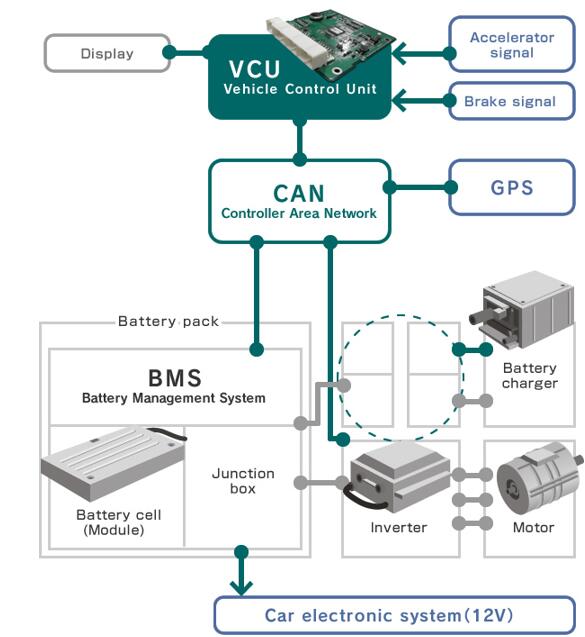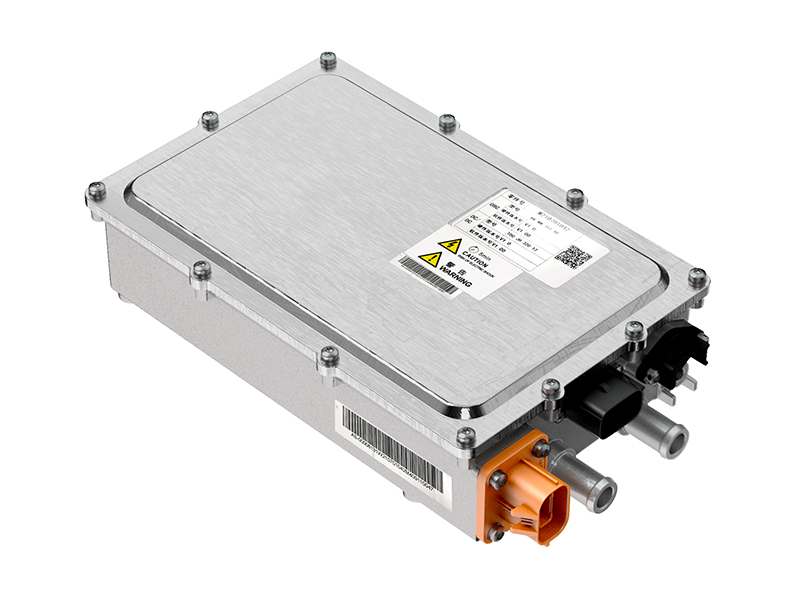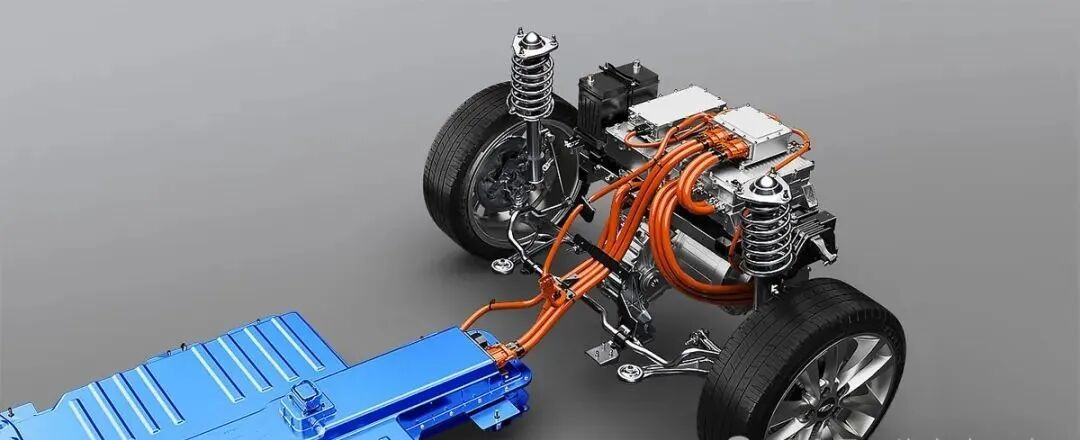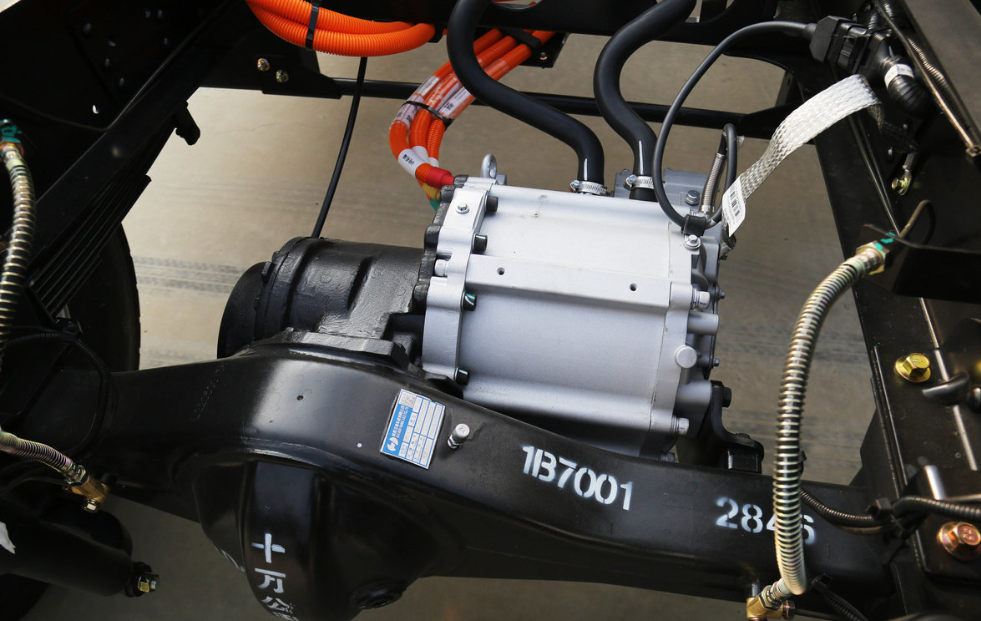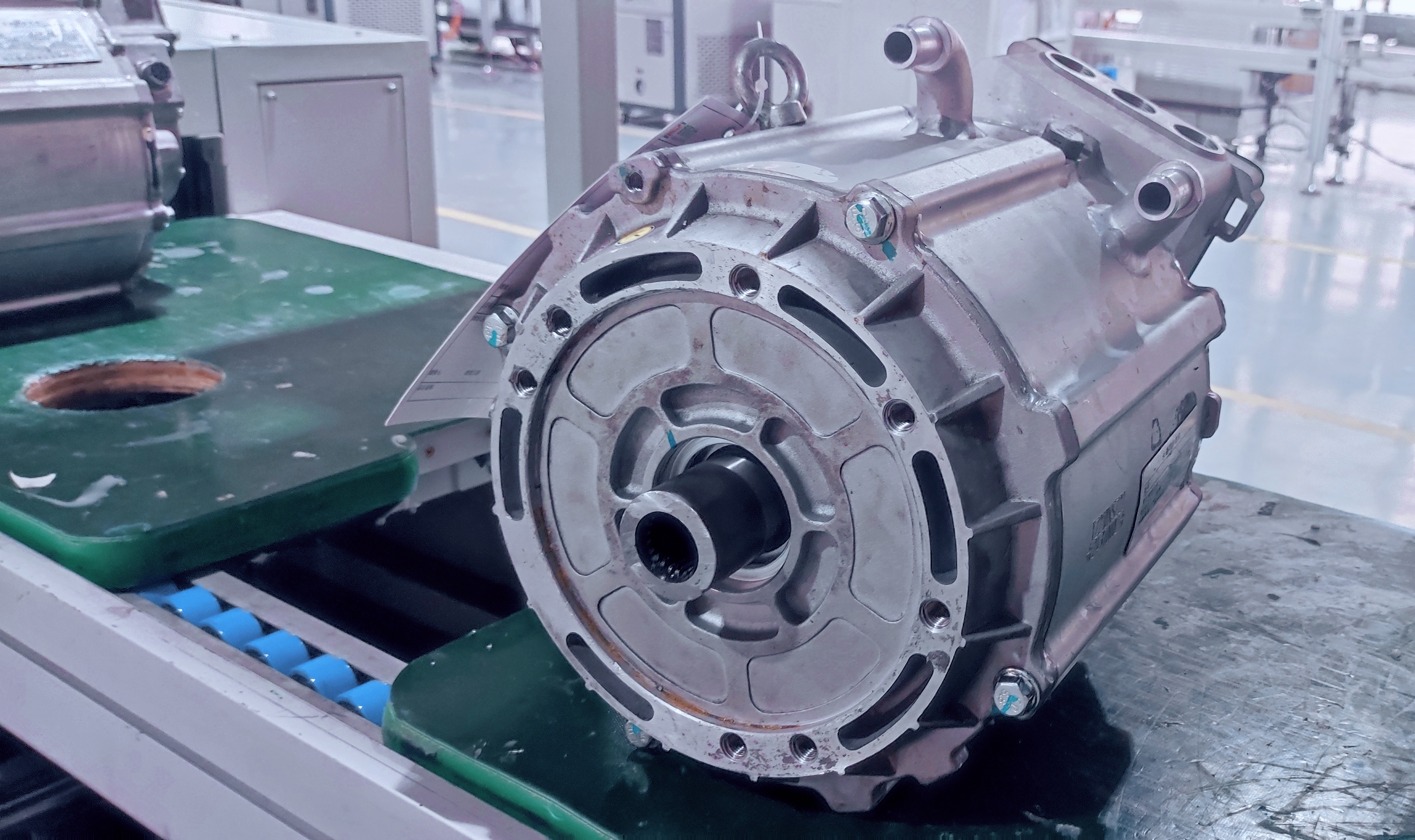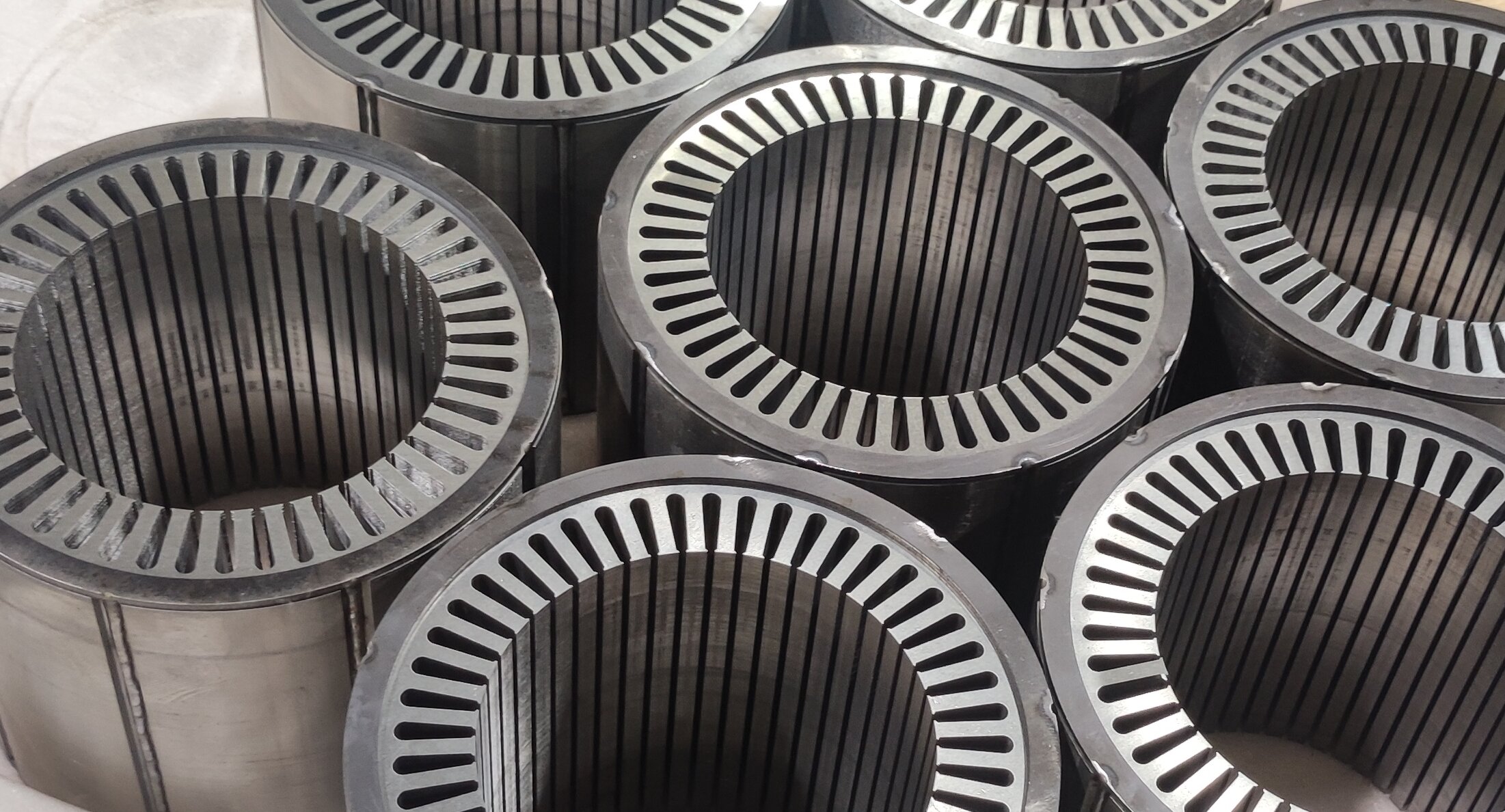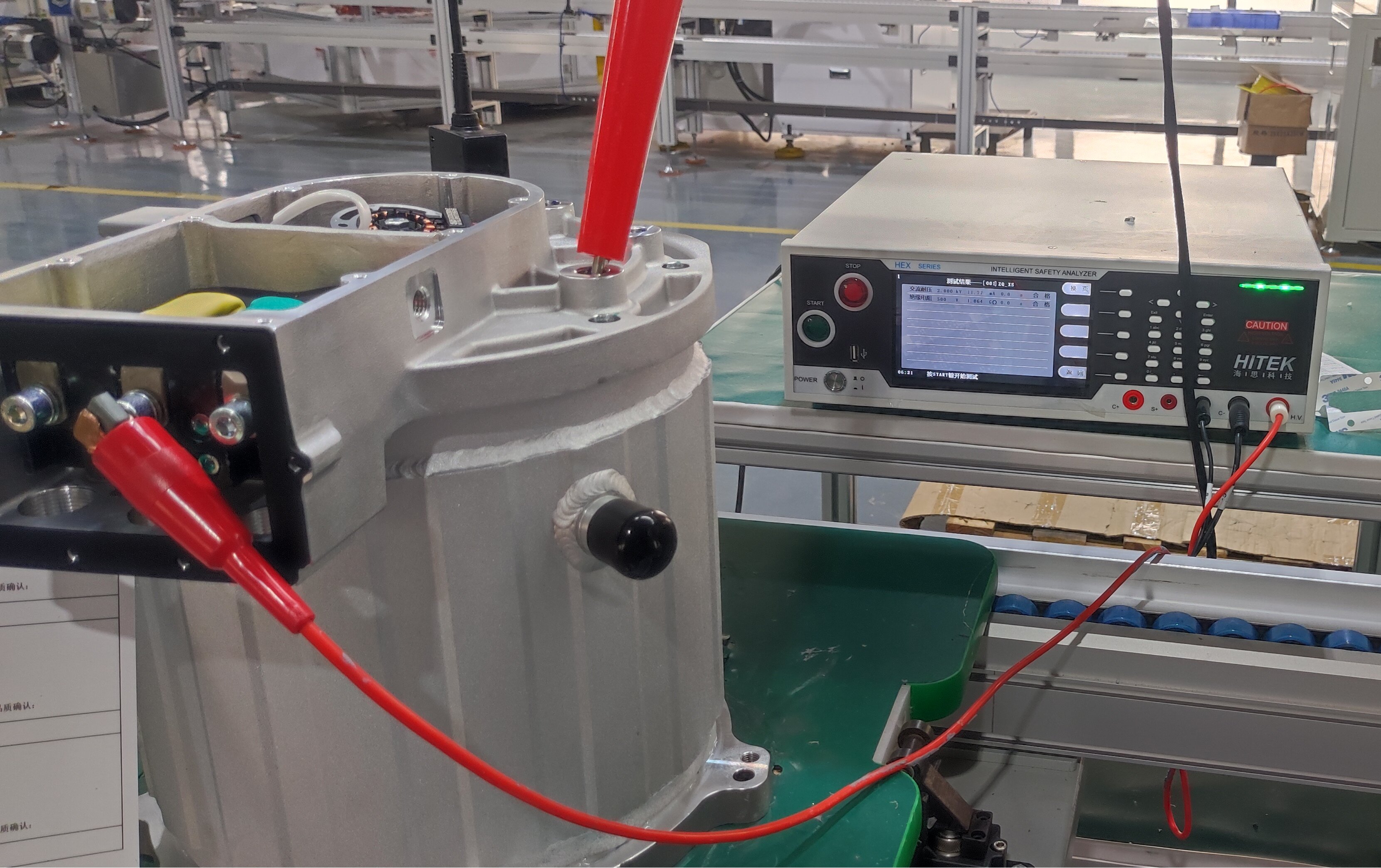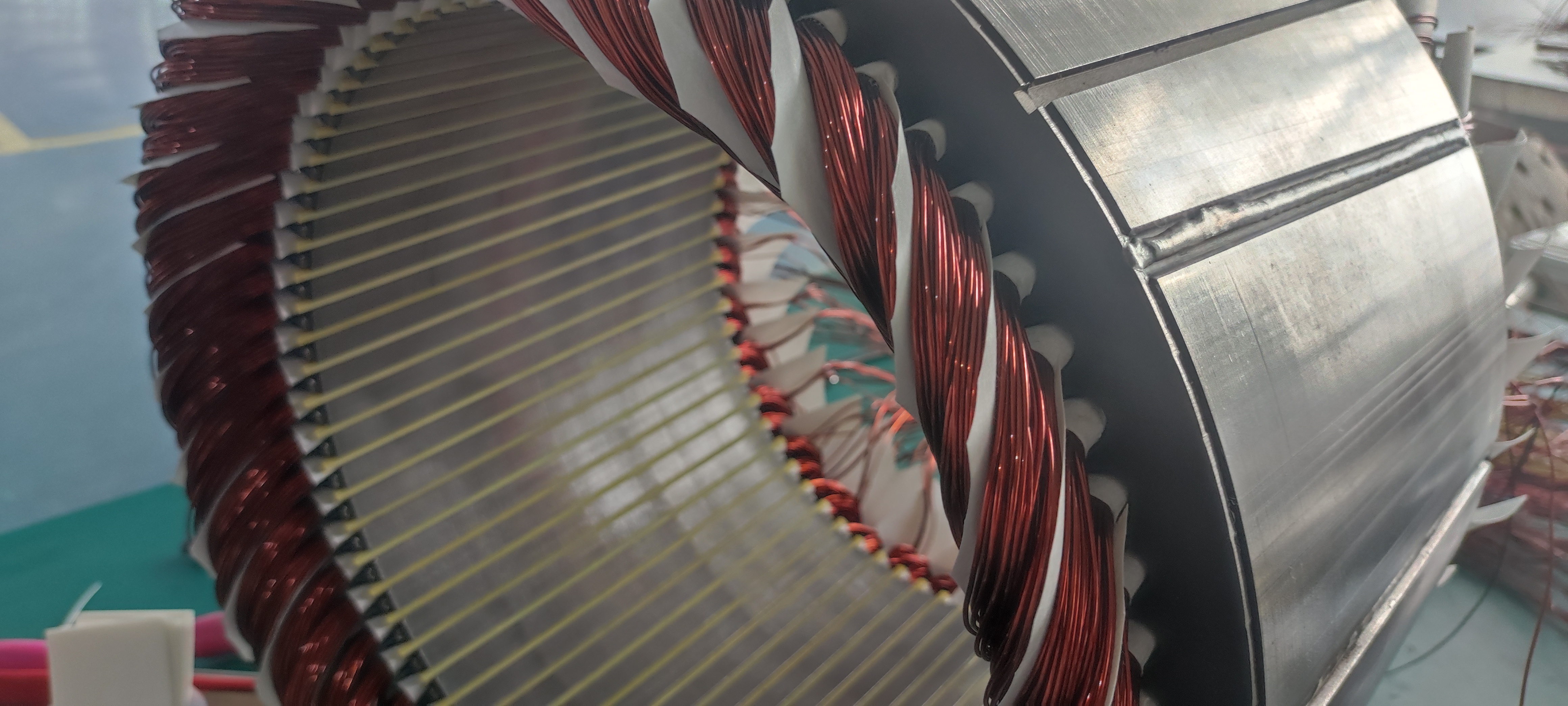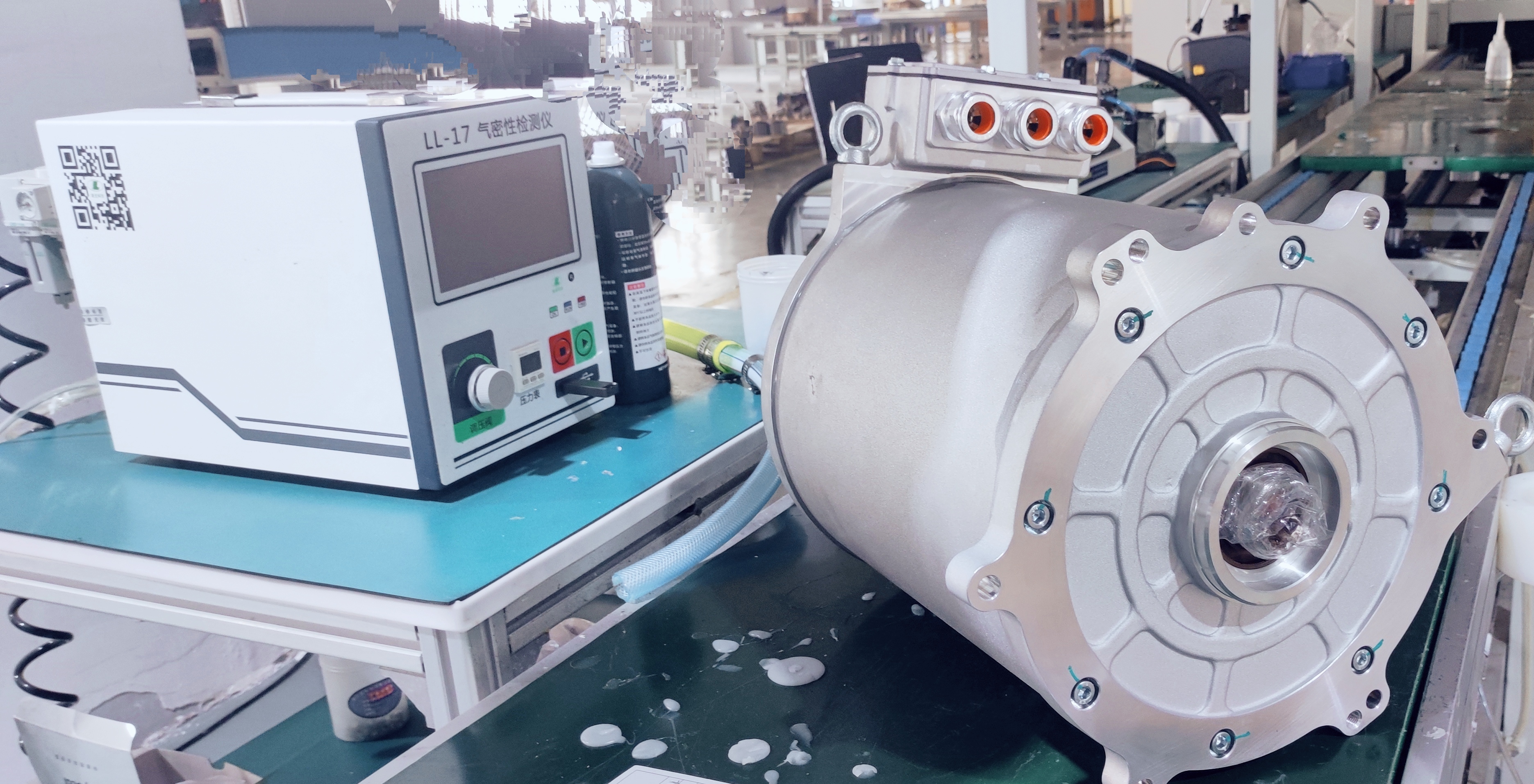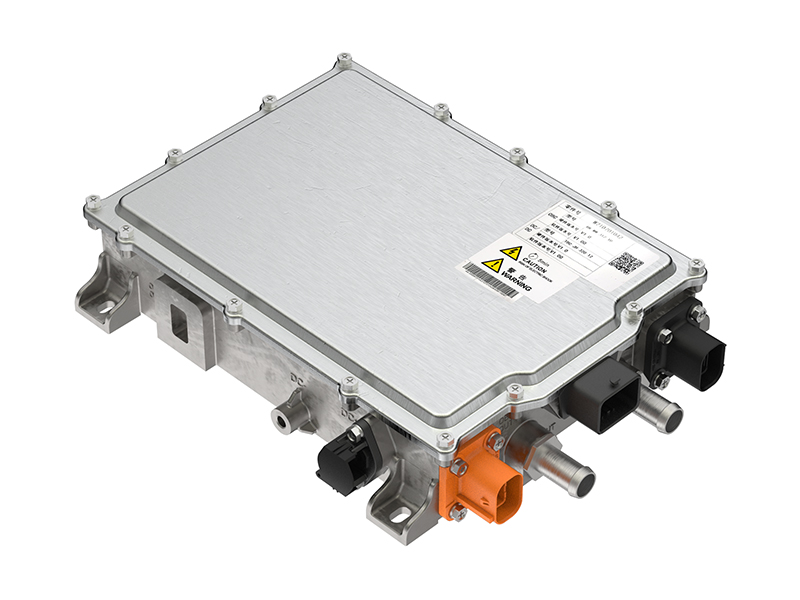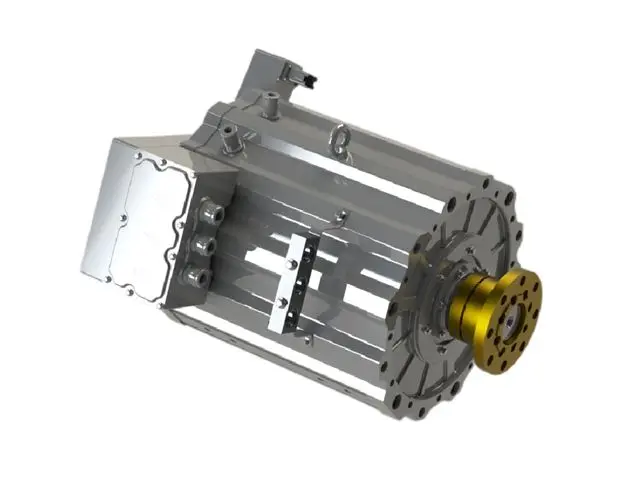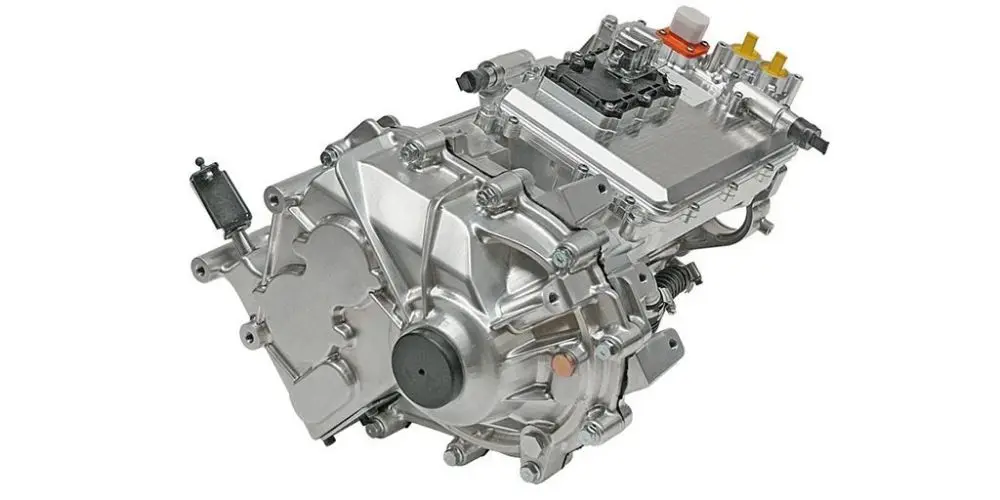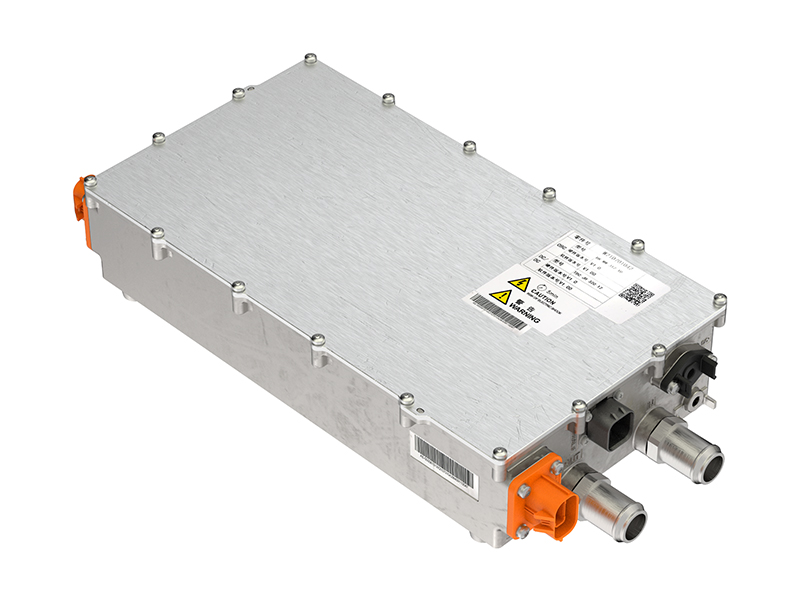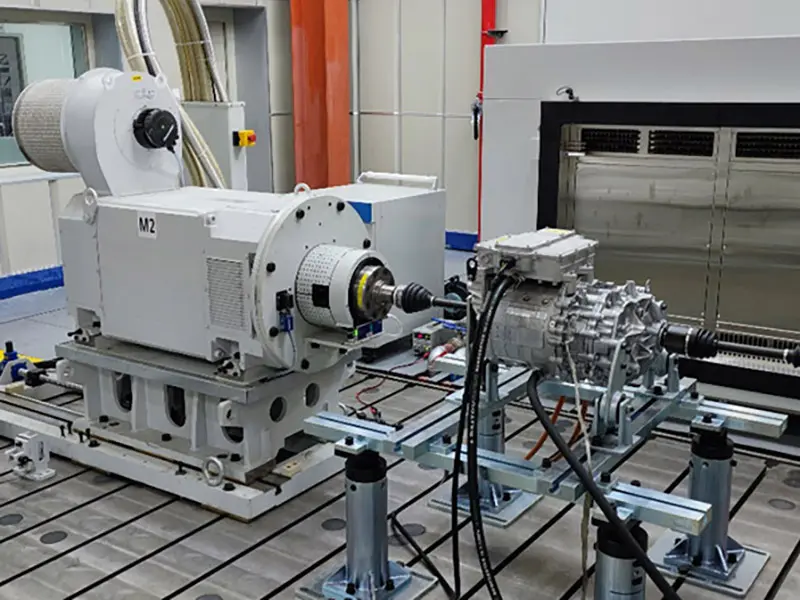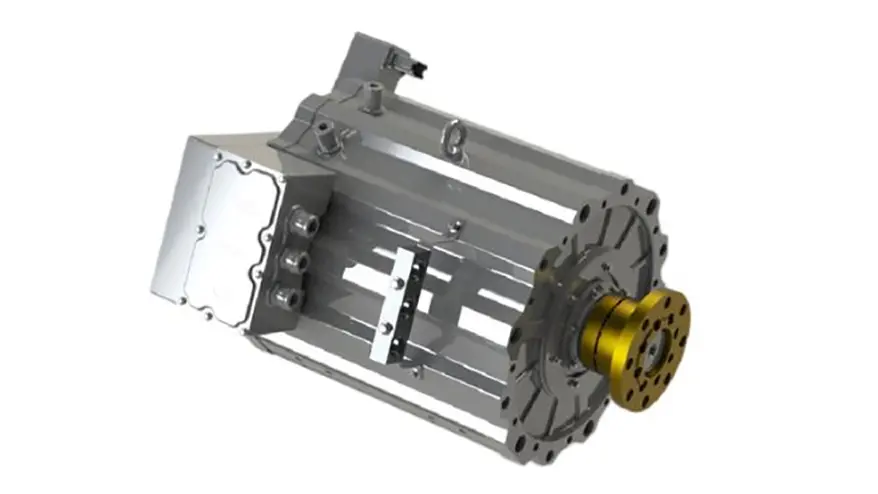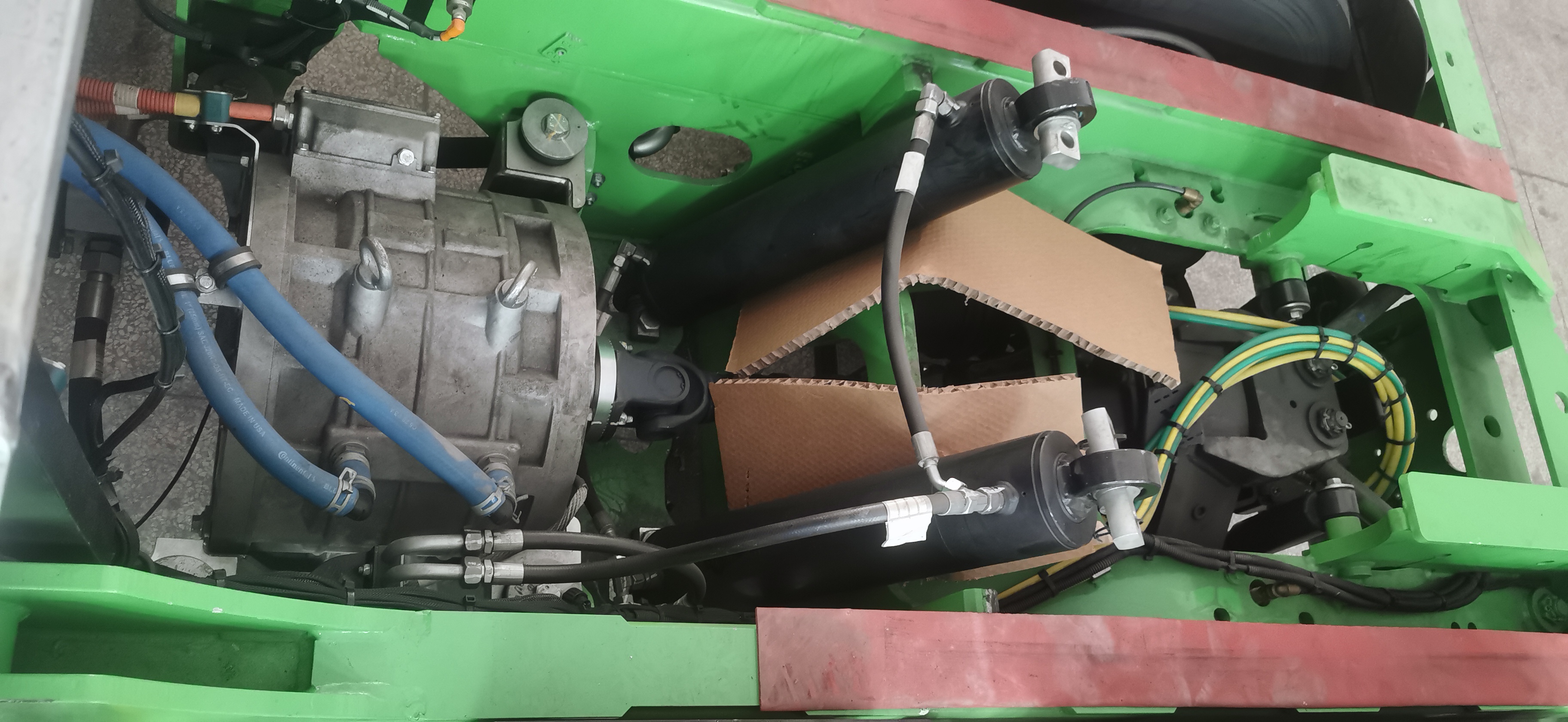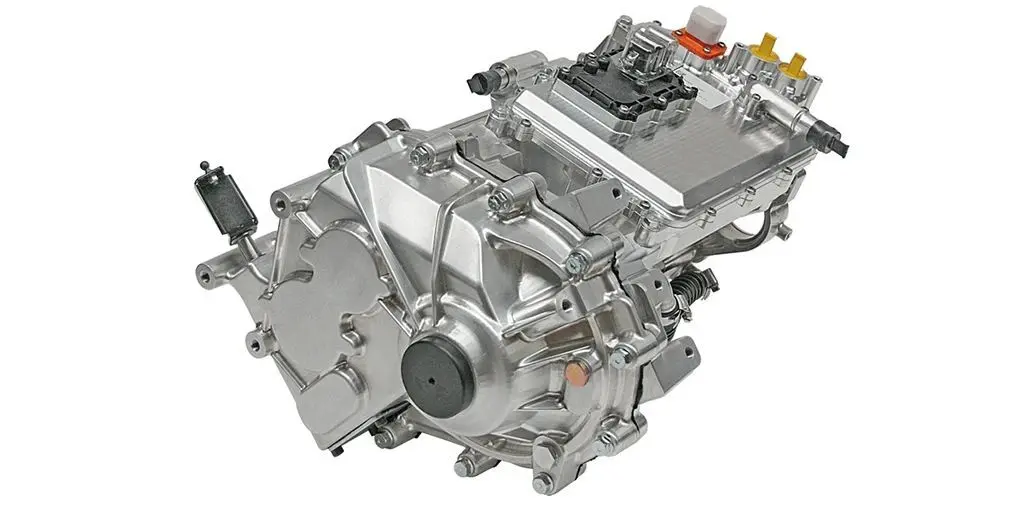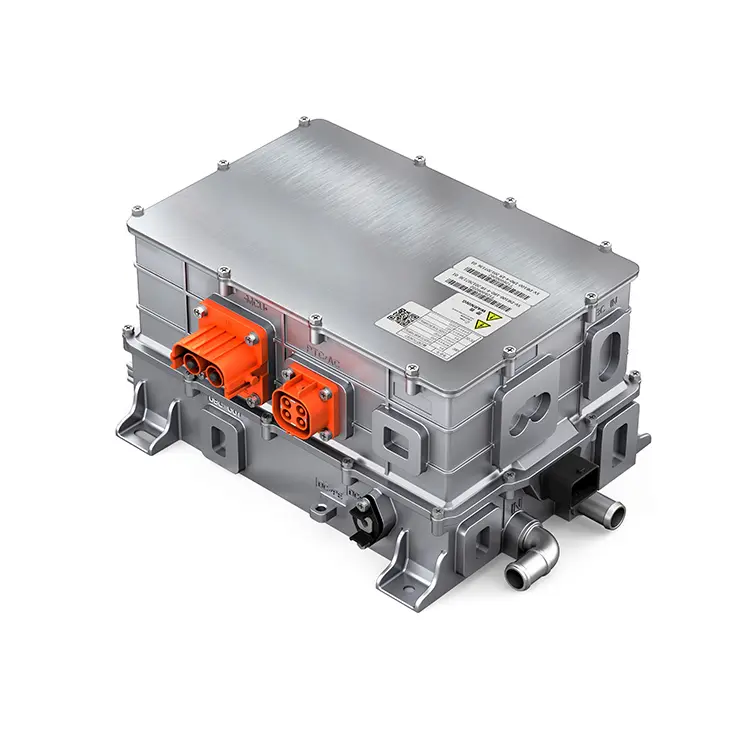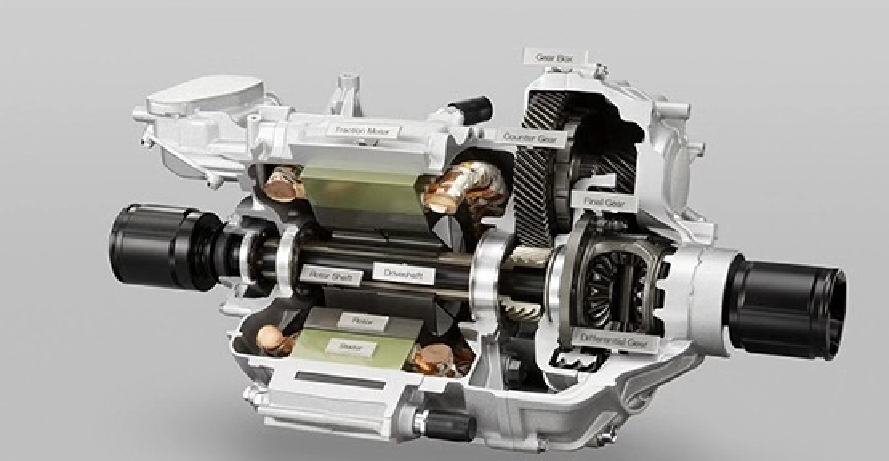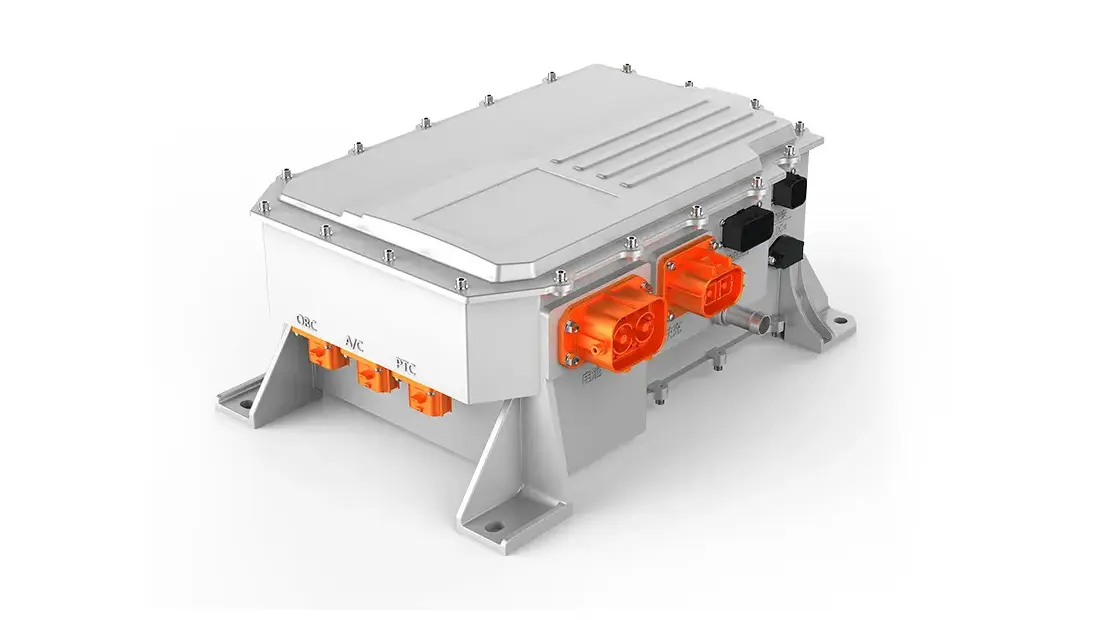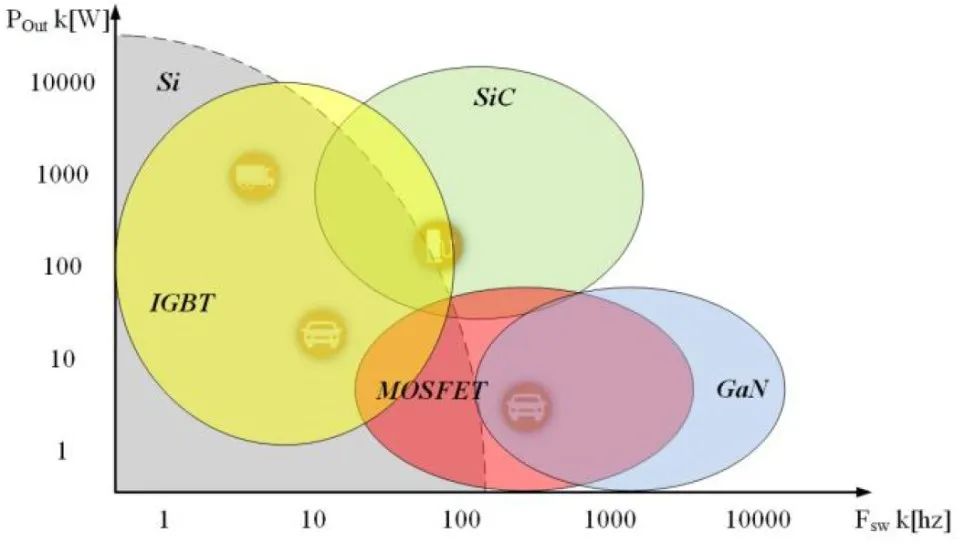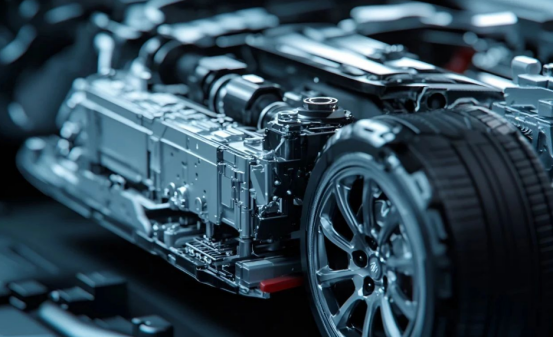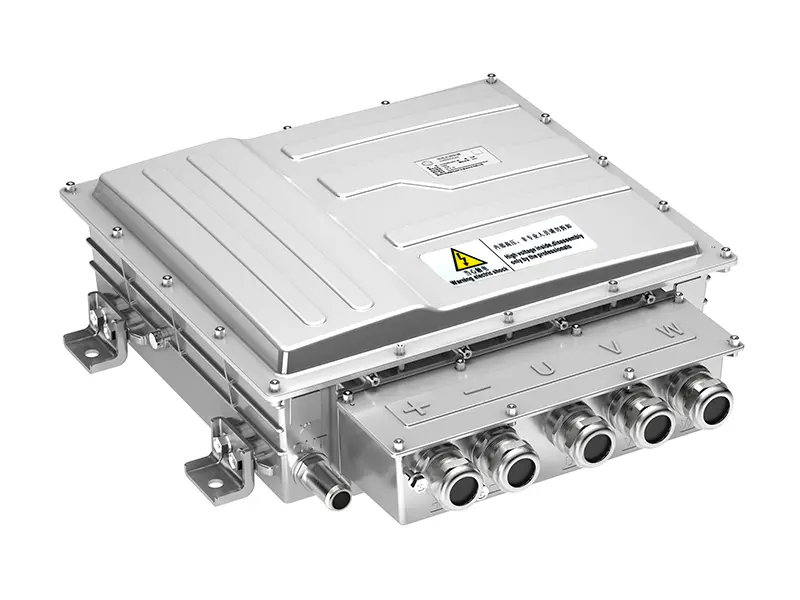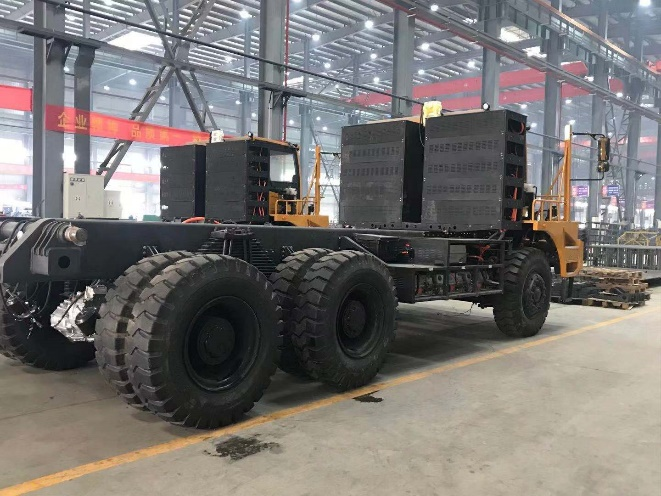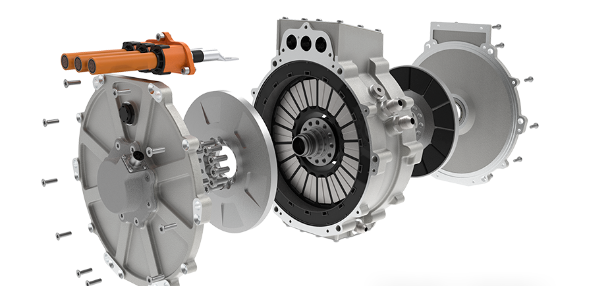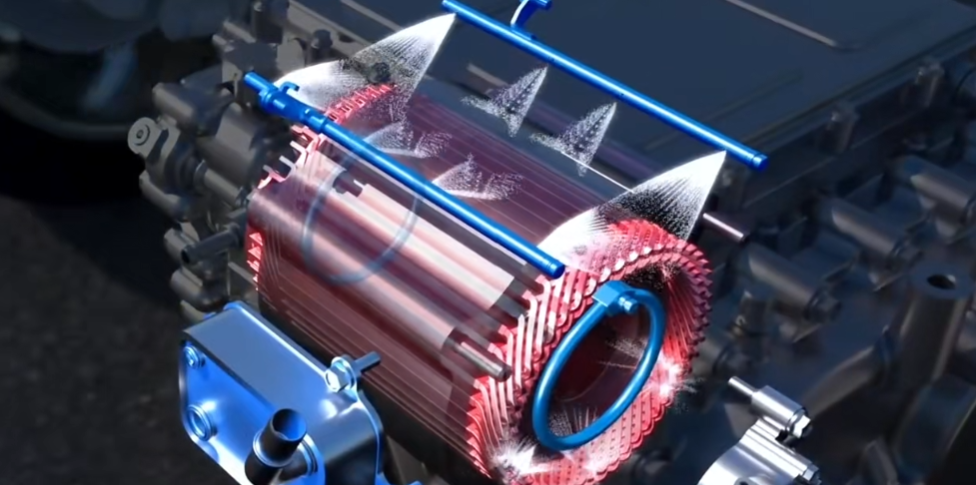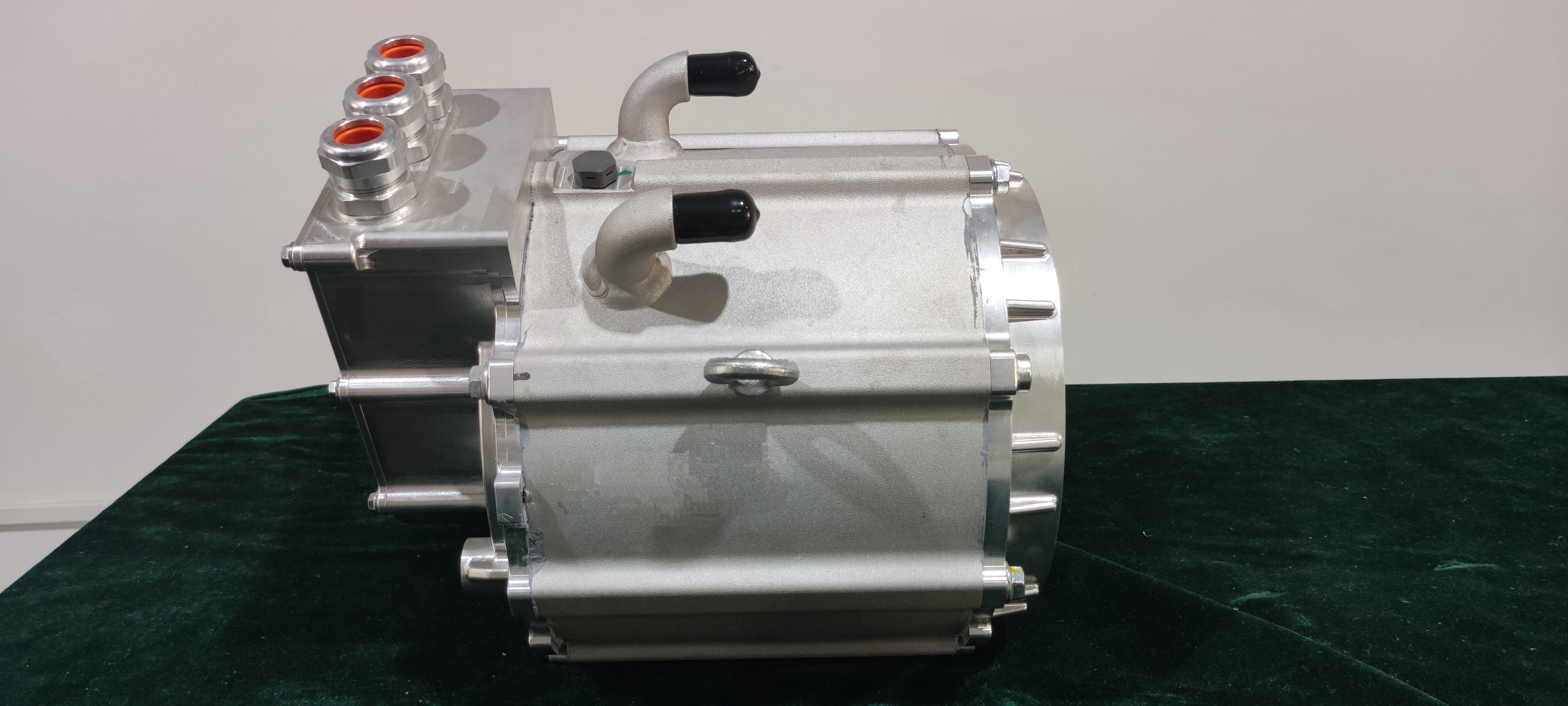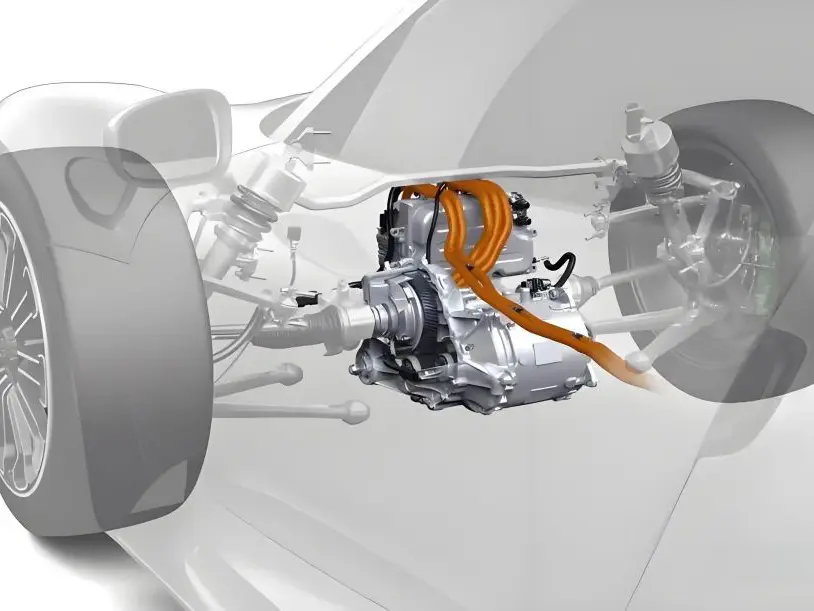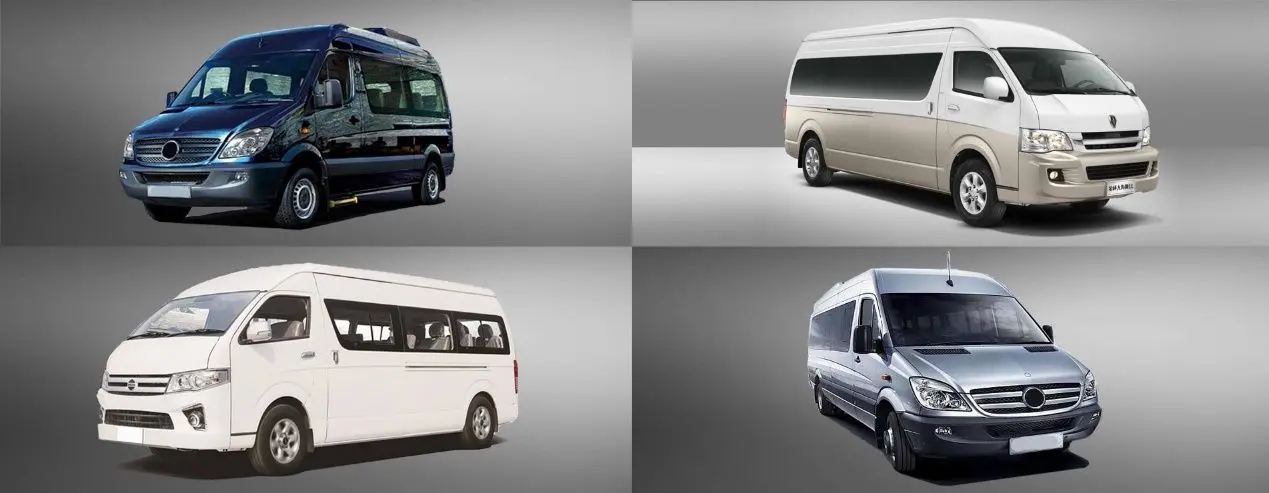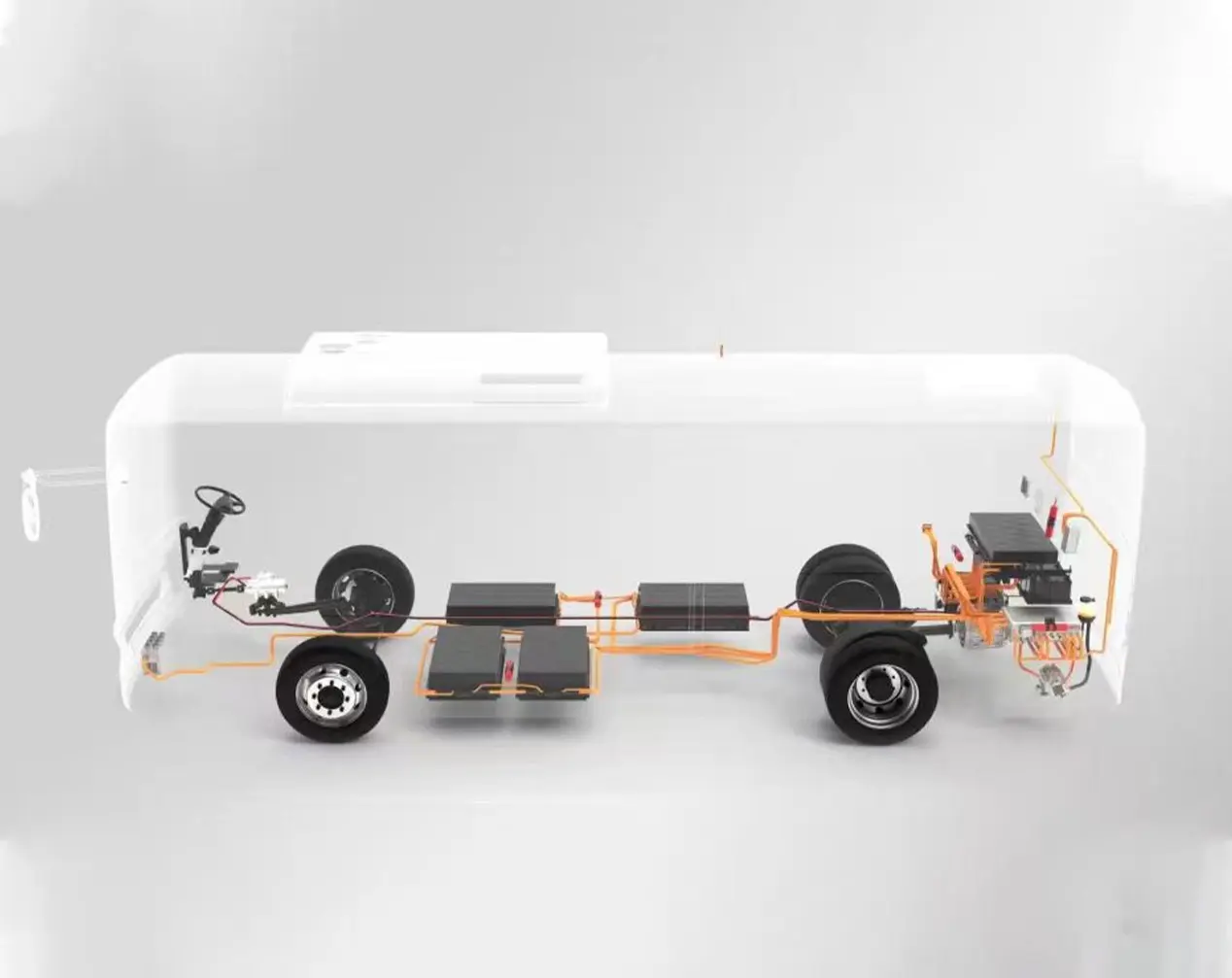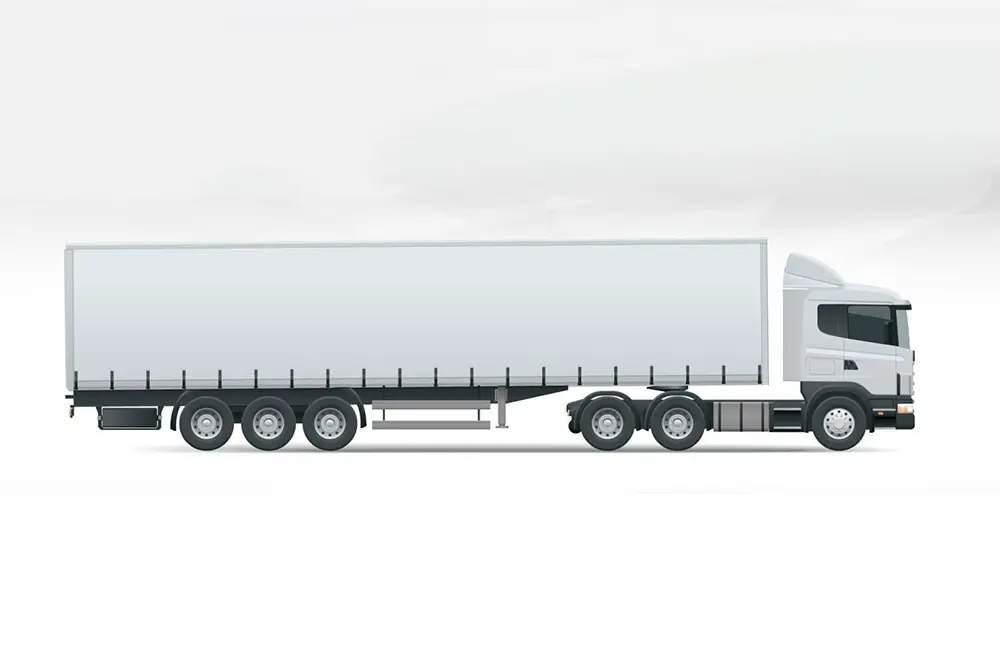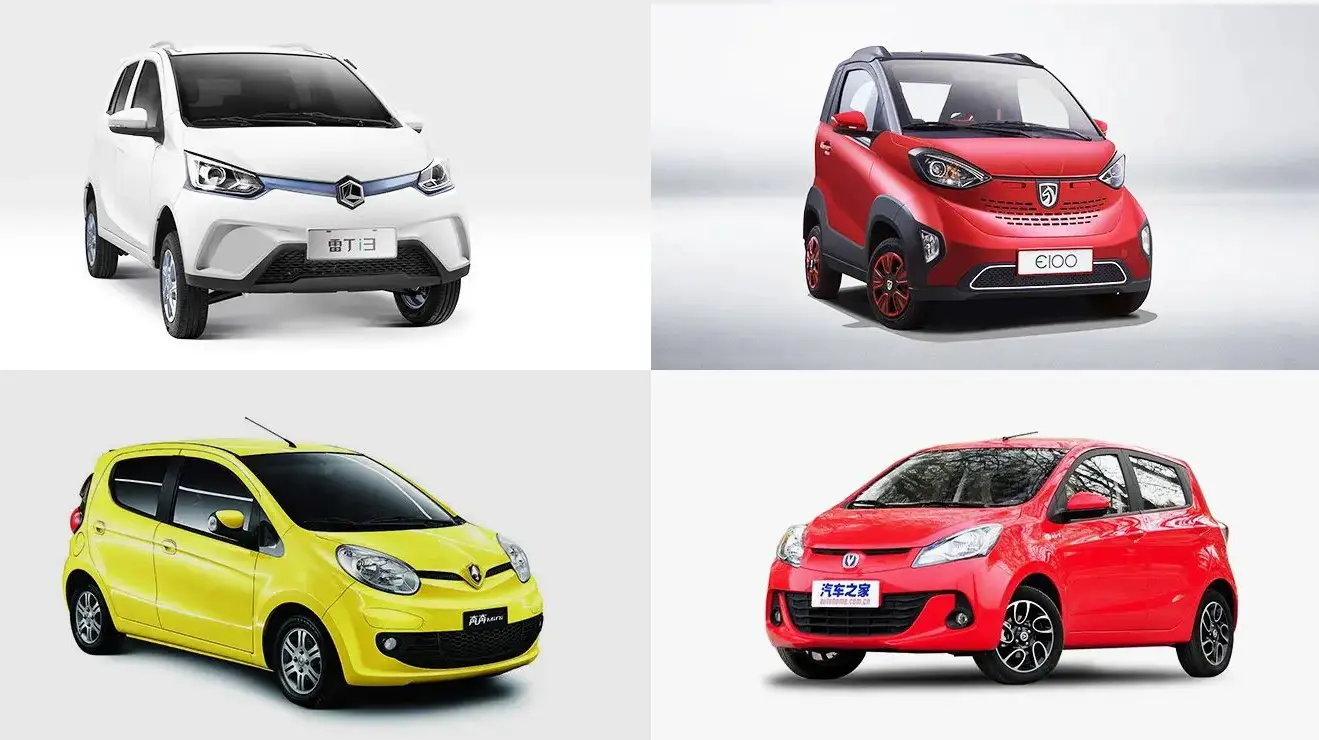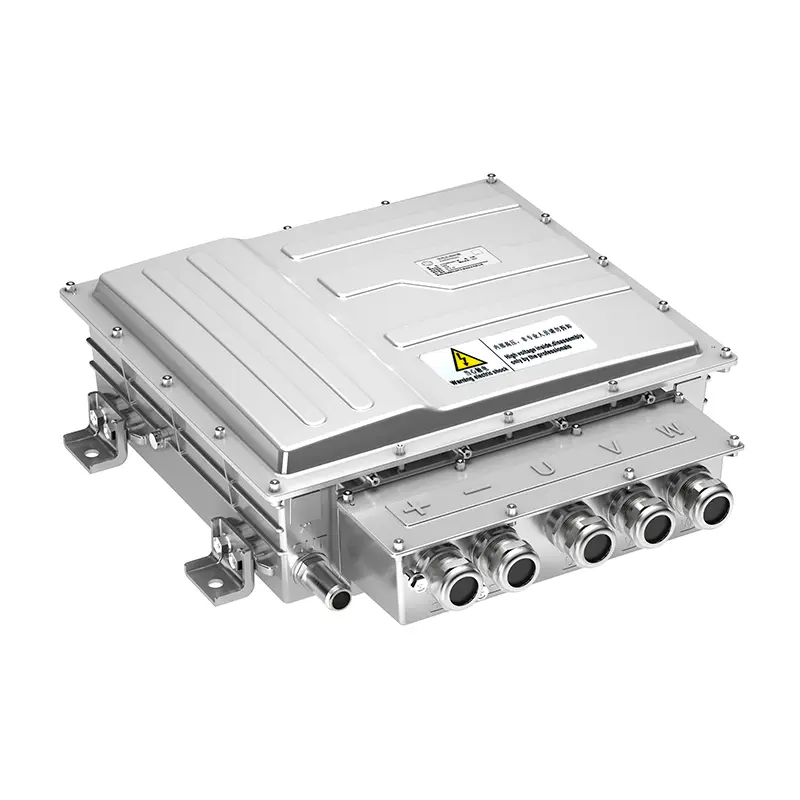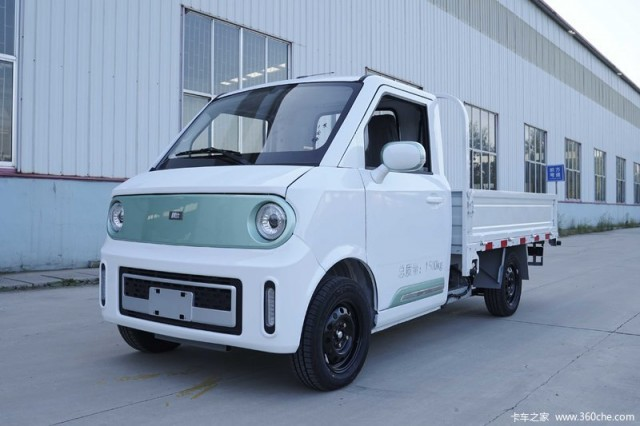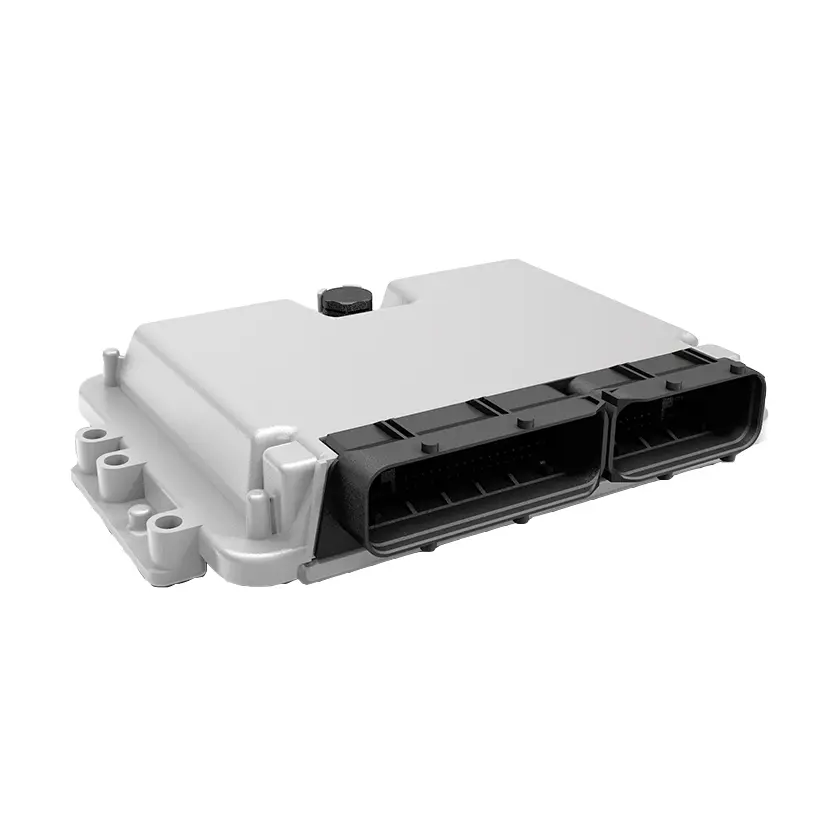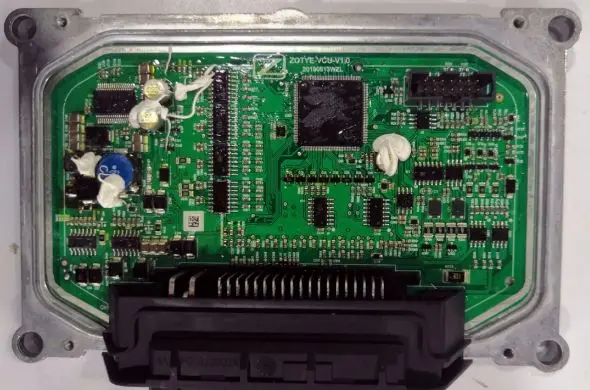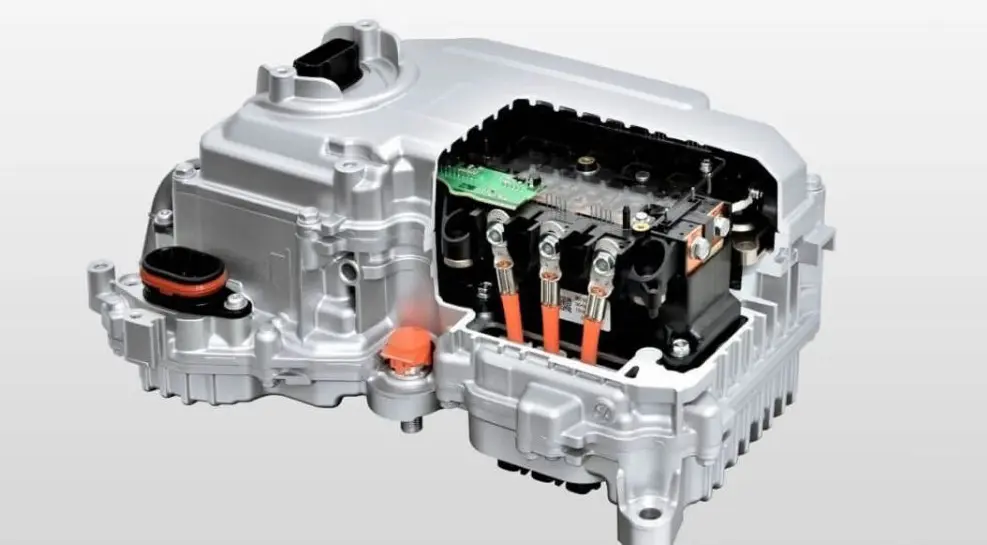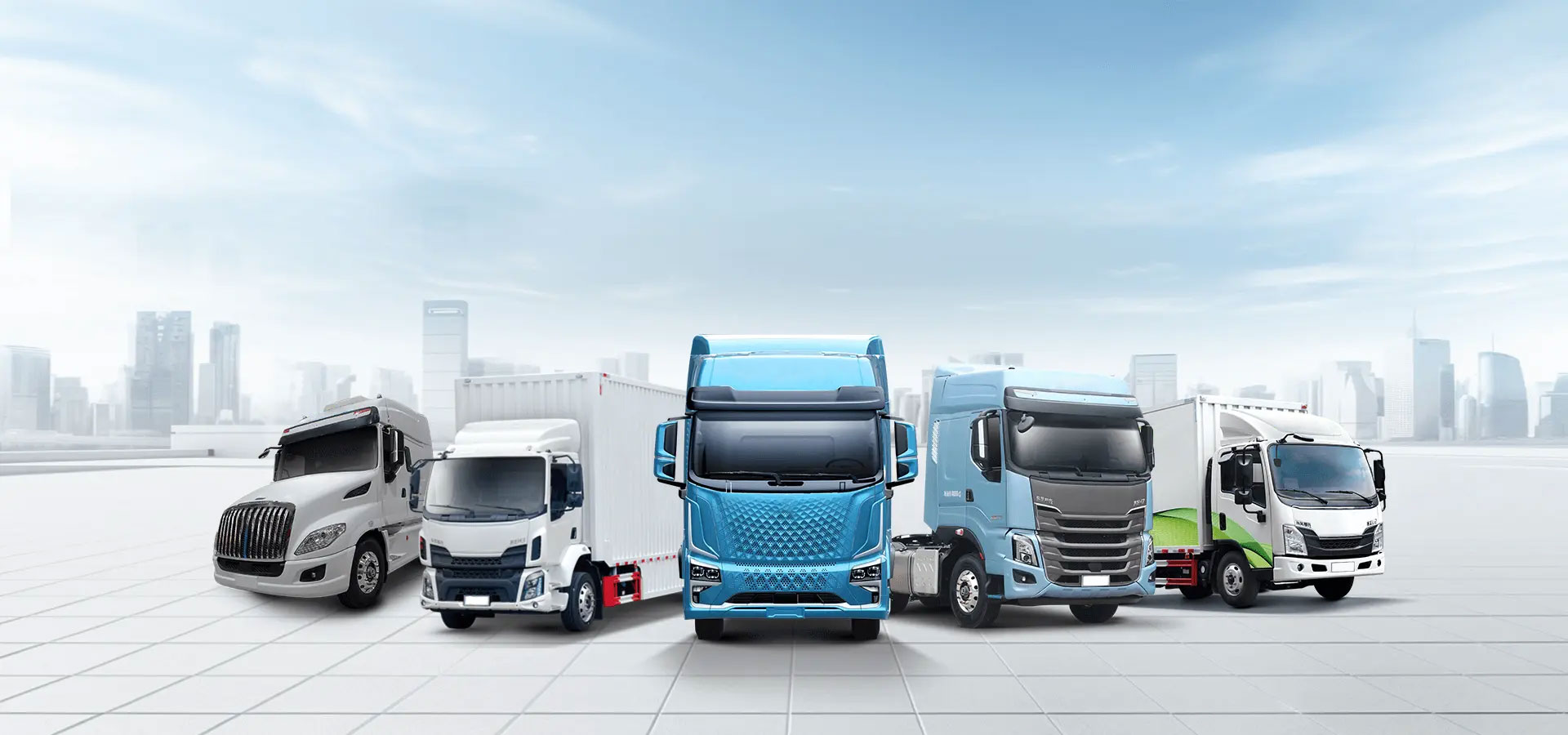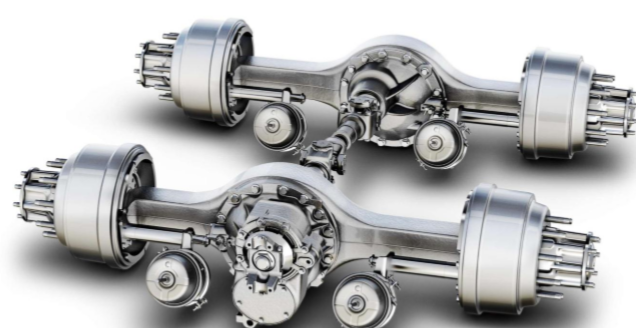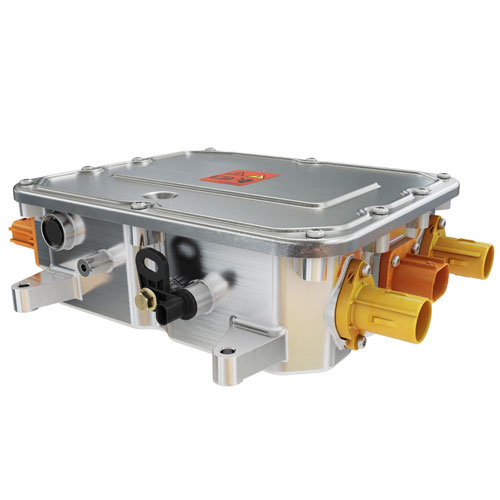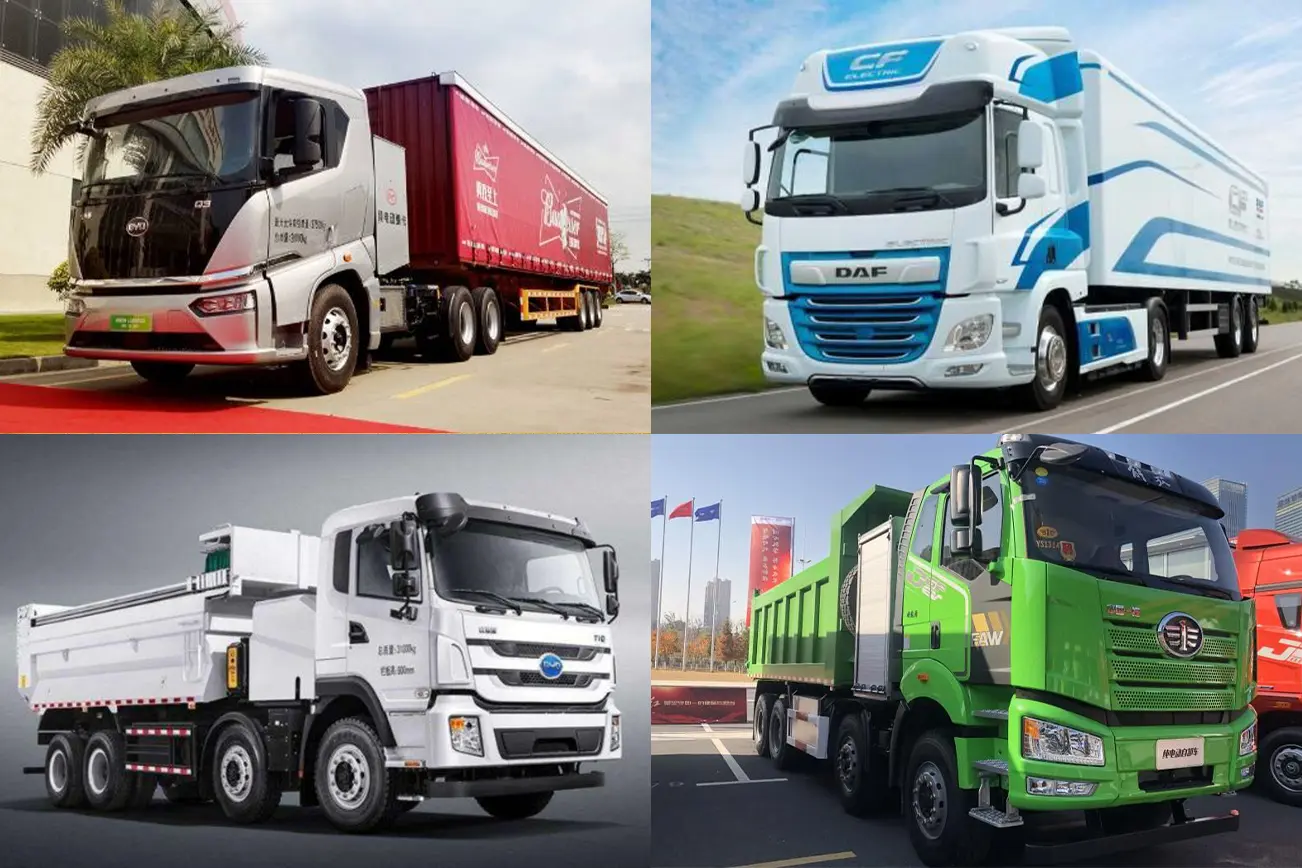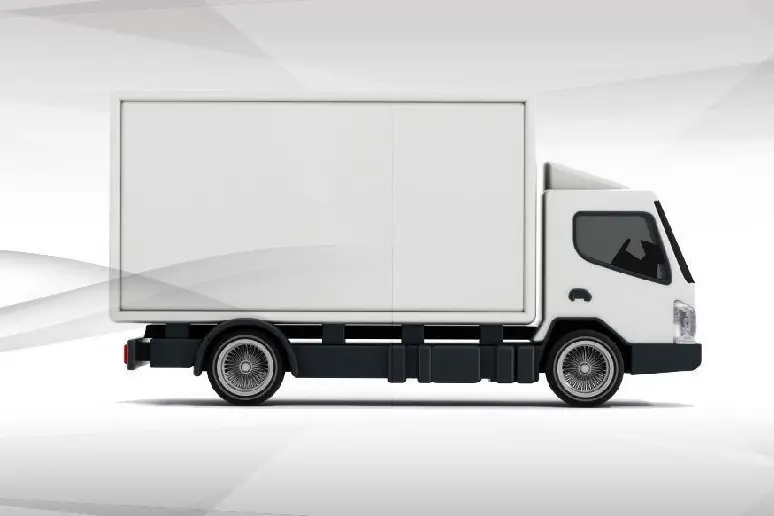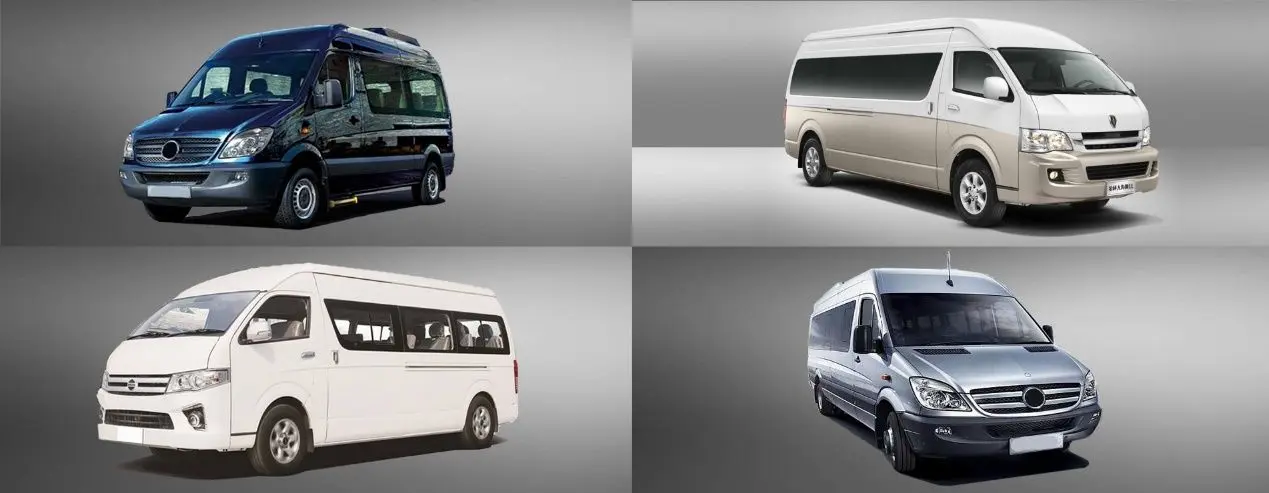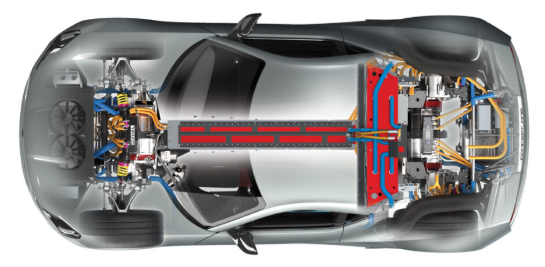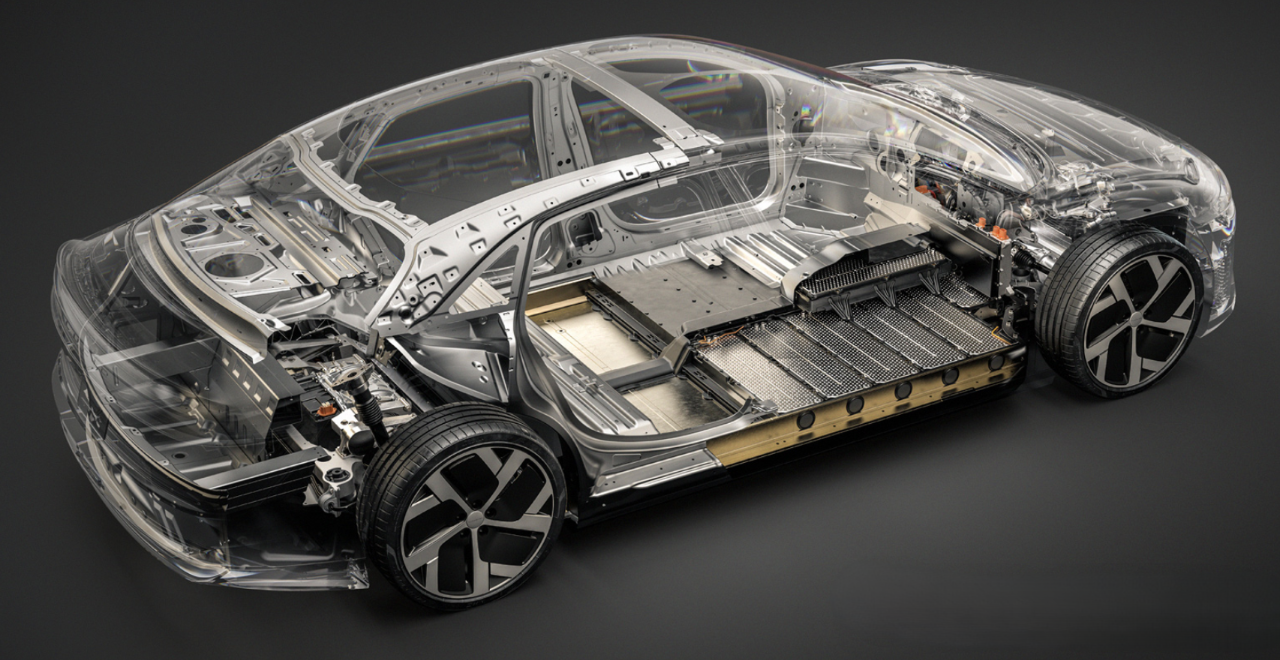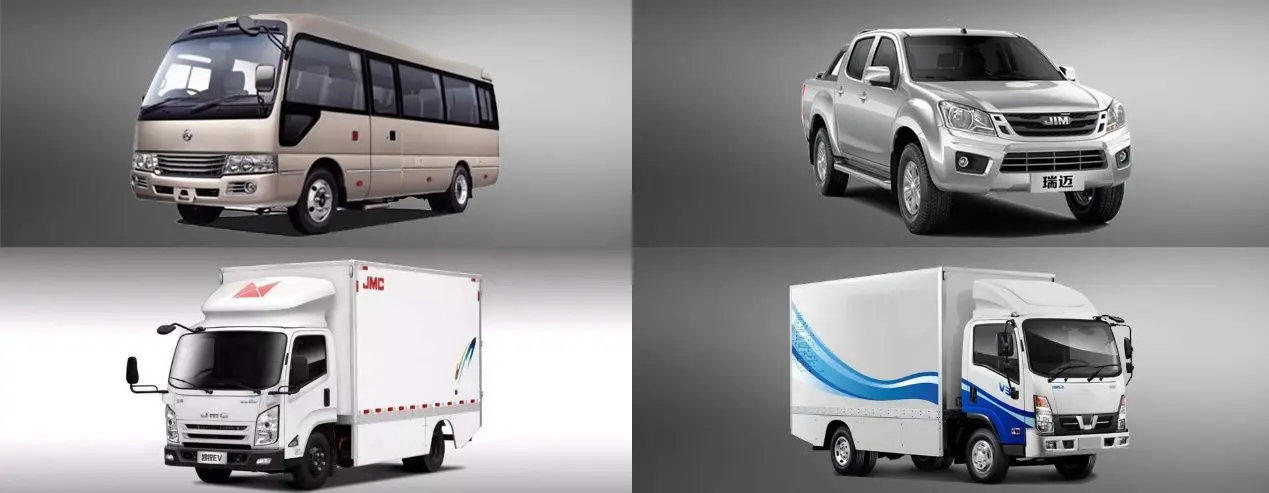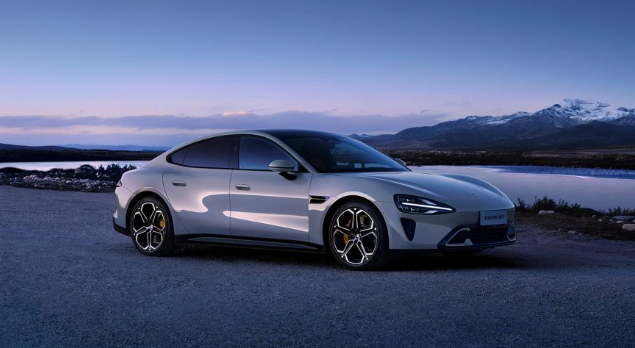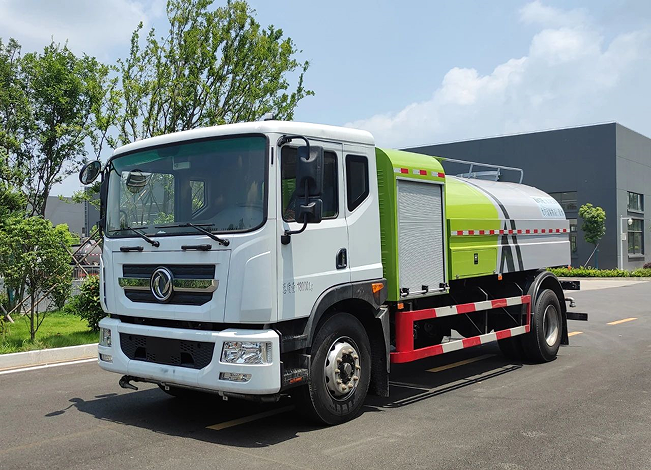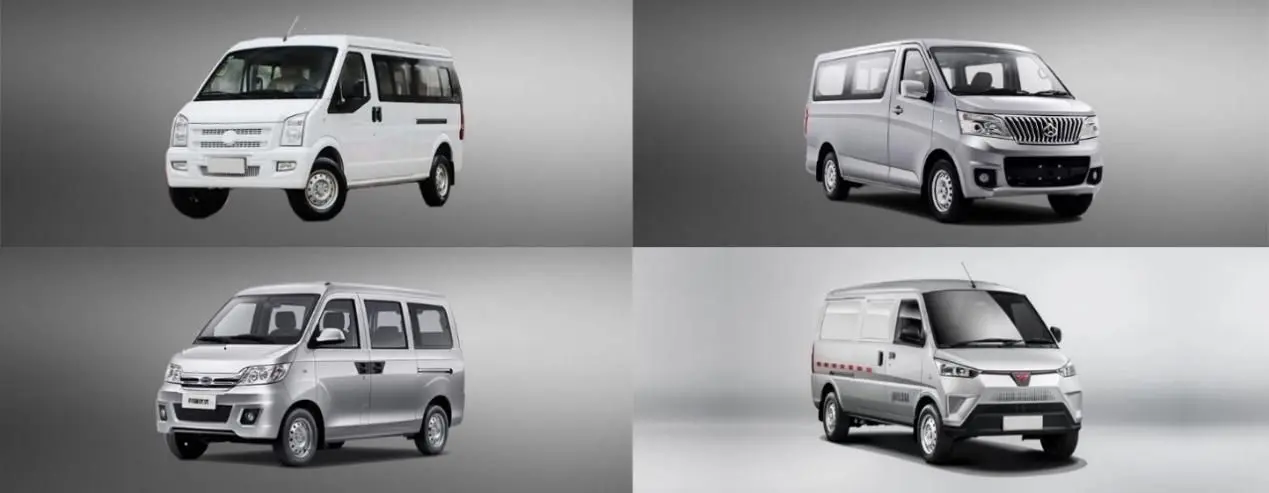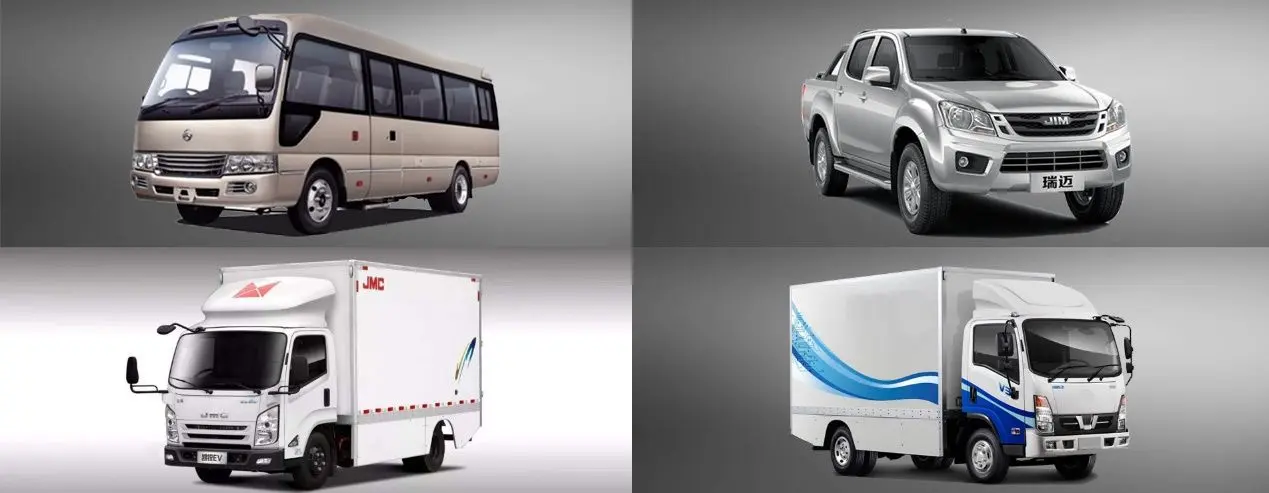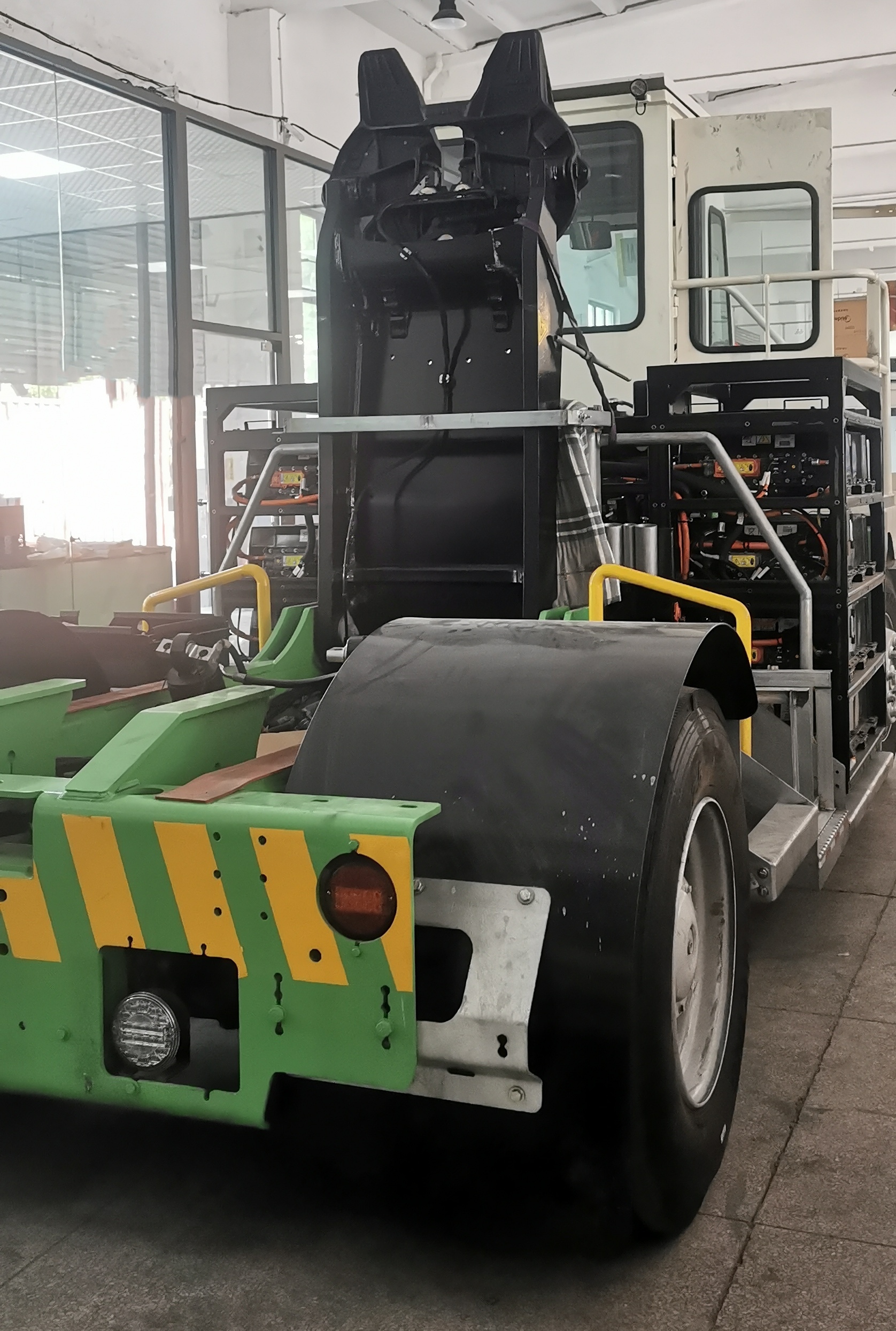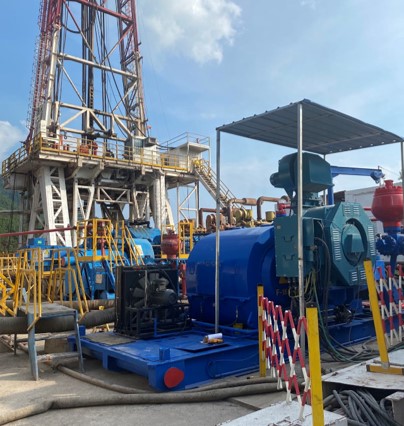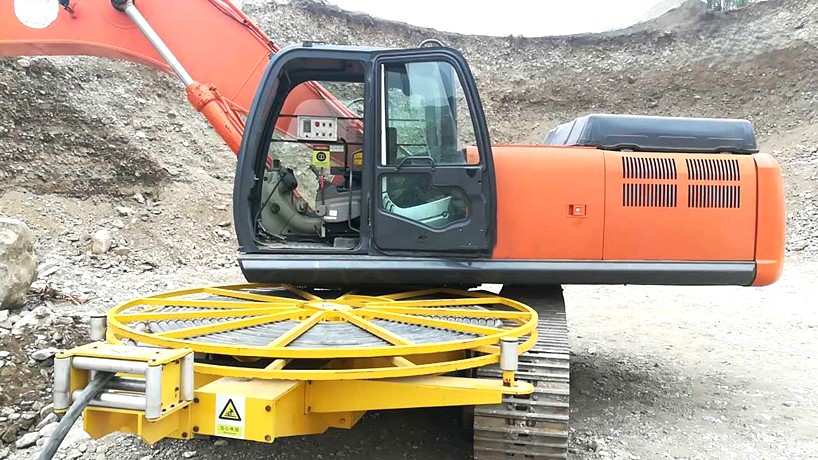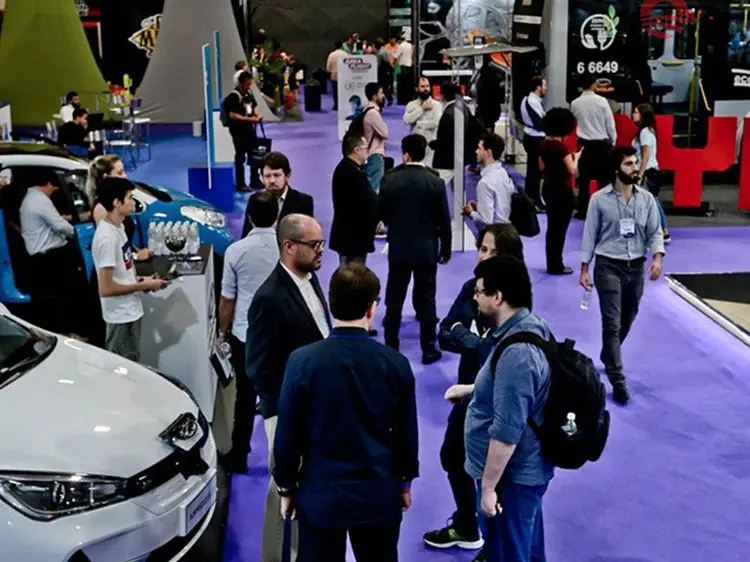The Silent Power Broker: Your EV's DC/C Converter Explained
You know about the big battery pack. You've heard about the powerful electric motor. But deep within your electric vehicle's intricate electrical system hums a lesser-known hero, absolutely critical to keeping everything running: the DC/DC converter. Think of it as your EV's essential power translator and distributor - the component that manages the complex energy relationships within your vehicle.
Why Your EV Needs a Voltage Translator
Here's the core challenge that makes the DC/DC converter indispensable: your EV's main traction battery operates at high voltage – typically 400V or 800V in modern vehicles. This high voltage is essential for delivering the massive power needed to drive the motor efficiently and achieve decent range. High voltage allows for lower current flow, which reduces energy loss as heat and enables the use of thinner, lighter cables throughout the vehicle.
However, nearly everything elsein your car – the infotainment system, headlights, power windows, wipers, hundreds of sensors, and crucially, the vehicle's control computers – runs on the standard 12V electrical system inherited from gasoline cars. Using the massive high-voltage battery directly for these small components would be like trying to power a desk lamp with a power plant – wildly inefficient, dangerous, and impractical. The DC/DC converter solves this fundamental incompatibility.
More Than Just a Voltage Dropper: The Multi-Role Performer
While its primary function is voltage conversion, the DC/DC converter's responsibilities extend far beyond simple power translation:
1. The 12V System's Lifeline
In a gasoline car, the alternator generates 12V power from the running engine. An EV has no alternator, but it still has a 12V battery that performs critical functions: waking up the vehicle's computers when you approach, powering the contactors that connect the main battery, and running accessories when the car is "off." The DC/DC converter constantly charges this 12V battery from the main high-voltage pack, ensuring it never goes flat. Without it, even with a fully charged main battery, your EV would be completely unresponsive.
2. Enabling Fast Charging Capabilities
During DC fast charging sessions, power flows directly to the high-voltage battery. But the computers that manage the charging process - communicating with the charging station, monitoring battery temperature, and regulating charging speed - all run on 12V power. The DC/DC converter ensures these critical systems remain operational throughout the charging process, making rapid charging possible.
3. System Stabilizer and Protector
The DC/DC converter provides a stable, regulated 12V supply regardless of what's happening in the high-voltage system. During acceleration, when the main battery is under heavy load, or during regenerative braking, when voltage can spike, the converter maintains a consistent 12V output. This protects sensitive electronics from voltage fluctuations that could cause malfunctions or permanent damage.
4. Efficiency Contributor to Range
Modern DC/DC converters achieve impressive efficiency ratings, typically 90-97%. This means very little energy is wasted as heat during the conversion process. While it might seem like a small component, this efficiency directly contributes to maximizing your EV's driving range by ensuring minimal energy loss in powering the vehicle's continuous electrical loads.
The Technology Behind the Conversion
Understanding how these devices work helps appreciate their importance. Most automotive DC/DC converters use switching regulator technology. Instead of simply burning off excess voltage as heat (like a linear regulator), they rapidly switch power on and off, then use inductors and capacitors to smooth the pulses into a stable lower voltage. This switching happens at high frequencies (tens or hundreds of kHz), making the conversion process highly efficient and allowing for compact component sizes. Advanced designs incorporate sophisticated thermal management and electromagnetic interference (EMI) filtering to ensure reliable operation alongside other sensitive electronics.
Why Quality and Reliability are Non-Negotiable
The DC/DC converter is a relentless workhorse that operates whenever the vehicle is on, charging, or even just sleeping. Its failure modes demonstrate its critical nature:
-
Complete Vehicle Stranding: If the converter fails, the 12V battery discharges and cannot be recharged. Without 12V power, the computers cannot wake up, and the high-voltage contactors cannot close. Result: a completely immobile vehicle despite a full main battery.
-
Systemic Electrical Failures: An unstable converter can cause voltage fluctuations that lead to erratic behavior of electronic systems - from flickering lights to malfunctioning safety controllers.
-
Charging System Disruption: Converter failure during DC fast charging can abruptly terminate the session or prevent it from initiating, leaving you stranded without a charging option.
Therefore, robust design, high-quality components (particularly capacitors that withstand constant charging cycles), and effective thermal management are paramount. This component needs to be as reliable as the vehicle itself, designed to withstand temperature extremes, vibration, and a long service life.
Pumbaaev: Engineering the Vital Links
At Pumbaaev, we understand that an EV is an ecosystem of interconnected systems, each needing to perform flawlessly. While we're recognized for our contributions through advanced materials, our manufacturing expertise extends to critical electronic components that form the nervous system of modern electric vehicles. The DC/DC converter exemplifies the components we engineer with precision - where electrical efficiency, thermal performance, and absolute reliability converge.
Designing and building these power management systems requires deep electrical engineering knowledge, precision manufacturing, and rigorous testing protocols. It's about creating components that handle the constant flow of power silently and dependably, mile after mile, charge after charge. We're committed to engineering these vital links within the EV ecosystem to the highest standards of performance and durability, recognizing that the driver's experience depends on the seamless interaction of all components, no matter how small they might seem.
The Bottom Line
The DC/DC converter might not be the star of the EV show, but it's absolutely indispensable. It's the crucial bridge, the diplomatic envoy, and the stable power source that enables the high-voltage and low-voltage systems to coexist and cooperate. Without this silent power broker efficiently and reliably managing the flow of electricity, the sophisticated technology we call an electric vehicle simply wouldn't function. It's a testament to the complex orchestration of components required to make the EV revolution not just possible, but practical and reliable for everyday use.
Discover how we engineer the vital components that power tomorrow's electric vehicles.
Visit us at www.pumbaaev.com,to learn more about our approach to advanced automotive manufacturing.









